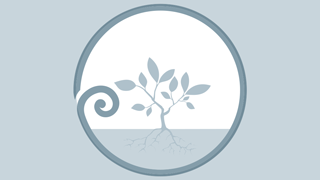Mā runga aha? - On what?
Te Reo Māori in English-medium schools
Achievement objective
3.2 Communicate, including comparing and contrasting, about how people travel.
Learning intentions
Students can:
- say where they are going
- express modes of transport.
Modes
At the end of this lesson, students can:
Kōrero – Speaking: Initiate and sustain short conversations.
Whakarongo – Listening: Understand a range of short oral texts consisting mainly of familiar language.
Pānui – Reading: Get the gist of short written texts that contain some unfamiliar language.
Tuhituhi – Writing: Write short texts on familiar topics.
Materials
Lesson sequence
Before the lesson, copy and cut up the Resource sheets (3T and 3U) to create two sets of cards.
Hand out the Word list: Mā runga aha? to the students.
Demonstrate this lesson by laying out the Places cards in front of the students and ask:
Kei te haere koe ki hea?
Where are you going?
Kei te haere ahau ki te (place).
I am going to the _________________.
Then ask how they are going to get there.
Mā runga aha?
How? (On what?)
As you answer, place the transport card next to the place card:
| Answer: |
Mā runga _______. By (on a) ________. |
For example: Mā runga motokā. (By car).
When you are confident the students understand, encourage them to join the two sentence, for example:
Kei te haere ahau ki te kura mā runga pahi - I am going to school by bus.
Language to use
- Directional particle ‘ki’ before places.
- Use of phrase ‘mā runga’ for travel on vehicles.
Tips
In Māori we travel ‘on’ vehicles but in English we travel ‘in’ them.
Use ‘te’ or ‘ngā’ before nouns, for example: te toa - the dairy, ngā taraka - the trucks.
In the northern and western areas of the North island use ‘E haere ana koe ki hea?’
In some areas this structure is used: Mā runga aha? (On what?).
Create models of towns and buildings using toy cars, etc., and discuss how and where you are going.
Variations
Students take turns saying where they are going and how they’ll get there. Introduce the word ‘engari’:
Kei te haere ahau ki te kura mā runga pahi, engari kei te haere koe ki te toa mā raro.
I’m going to school by bus but you’re walking to the shop.
For advanced students, introduce past tense sentences:
I haere koe ki hea? - Where did you go?
I haere au ki te papa tākaro - I went to the sports grounds.
Introduce ‘māua’ so that students can talk about places they went with a friend or whanaunga:
I haere māua ki ngā whare kai - We (two, exclusive) went to the food court.













